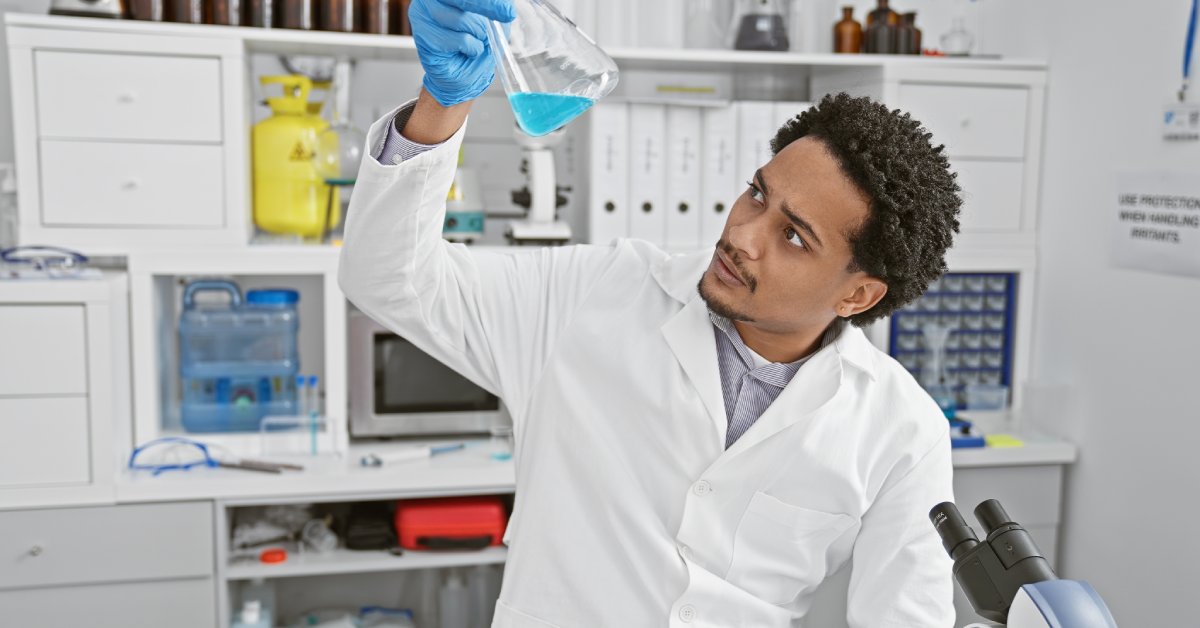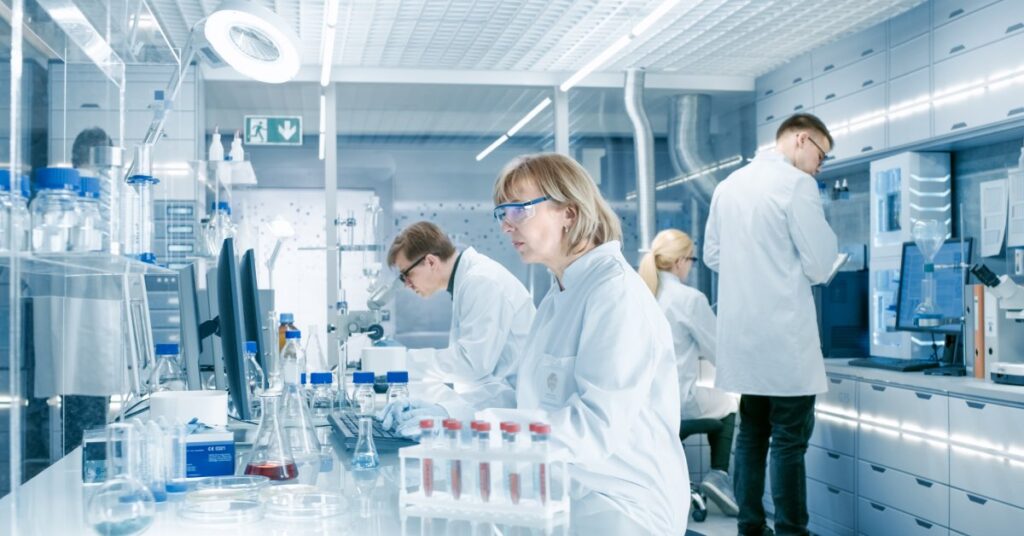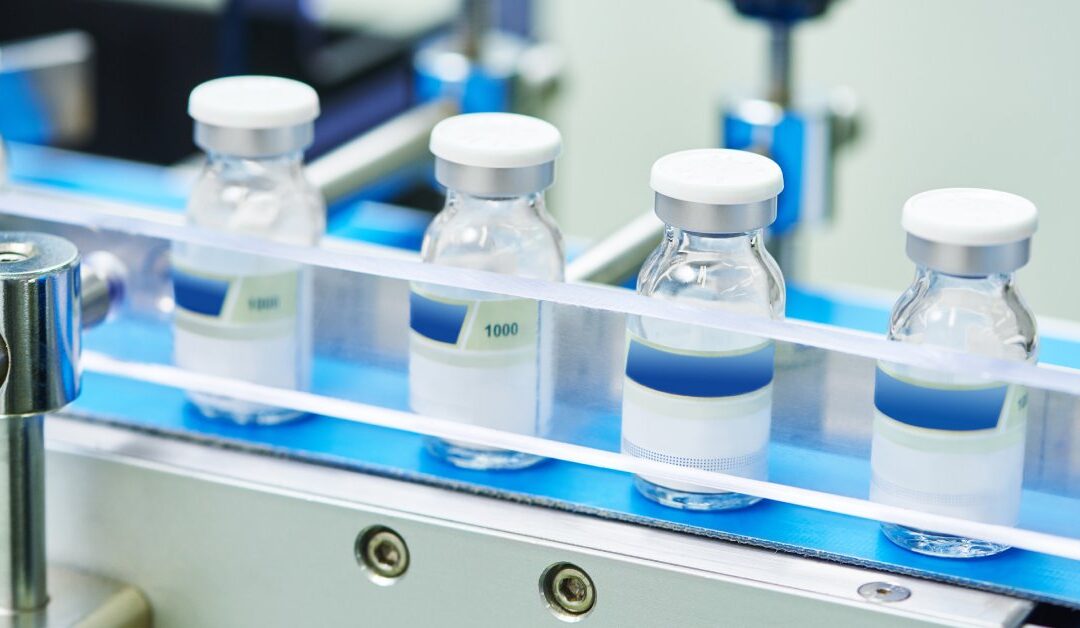Active pharmaceutical ingredient (API) manufacturing holds a central position in the pharmaceutical industry, as it is responsible for producing components that power medications. Within this process, solvents facilitate reactions and purifications, making their management integral to ensuring product safety and quality. Review these steps for managing solvents in API manufacturing, highlighting best practices and innovative approaches.
Understanding Solvents in API Manufacturing
Solvents, used extensively in API production, aid in dissolving, extracting, and purifying chemical compounds. These substances fall into different categories, including polar, non-polar, and amphiphilic solvents. Each category serves distinct functions within the chemical synthesis process.
Polar solvents, such as water, methanol, and acetone, have molecules with distinct electronegativity differences, making them adept at dissolving ionic substances. Non-polar solvents, like hexane and benzene, excel in dissolving oils and fats due to their lack of charge separation.
Amphiphilic solvents, like ethanol, offer versatility with both polar and non-polar properties, allowing them to interact with a broad range of substances. Regardless of the chemical composition in use, proper solvent management impacts product yield and purity.
Other Common Solvents in API Manufacturing
Beyond the solvents previously mentioned, many other solvents contribute to the synthesis, purification, and overall quality of pharmaceutical products. Here is a closer look at some of these essential solvents:
- Toluene: As a versatile aromatic hydrocarbon, toluene dissolves various organic compounds. Manufacturers use it to speed up reaction rates and refine final products.
- Dichloromethane (DCM): Dichloromethane offers exceptional solvating abilities for both polar and non-polar substances. Its low boiling point allows manufacturers to perform extractions and recrystallization.
- Ethers (e.g., diethyl ether): Diethyl ether and other ethers are valuable reaction media and extraction solvents. Their non-polar characteristics make them ideal for separating organic compounds.
- Isopropanol: An effective cleaning agent and reaction medium, its moderate polarity allows it to dissolve various substances, making it indispensable during purification and crystallization phases.
- Acetonitrile: This polar aprotic solvent frequently aids in pharmaceutical synthesis and purification. Its high dielectric constant and ability to dissolve diverse ionic and non-ionic compounds make it suitable for chromatographic separation processes.
Regulatory Framework for Management
Various regulatory bodies, including the US Food and Drug Administration (FDA), European Medicines Agency (EMA), and International Council for Harmonisation of Technical Requirements for Pharmaceuticals for Human Use (ICH), establish guidelines for solvent use, recovery, and disposal.
These guidelines include specific standards for permissible solvent levels in pharmaceutical products, ensuring that manufacturing processes do not compromise product safety or efficacy. Understanding and implementing these regulations enables companies to minimize risks, such as product contamination and environmental harm.
Organizations must also establish robust procedures for maintaining detailed records, which support audits and inspections. This vigilant approach protects companies from penalties and strengthens their commitment to environmental stewardship and public safety.

Achieving Compliance
Managing solvents in API manufacturing requires companies to implement practical steps supported by continuous monitoring. Organizations must maintain comprehensive documentation for all solvent-related activities, ensuring alignment with regulatory standards set forth by bodies like the FDA and EMA.
Regular internal and external audits help identify areas for improvement and reinforce adherence to established protocols. Investing in training programs equips staff with the necessary expertise to manage solvents effectively, reducing compliance risks. Companies prioritizing these measures enhance their operational integrity and maintain a strong reputation within the pharmaceutical industry.
Steps for Managing Solvents
Selecting the right solvents involves evaluating their efficiency, safety, and environmental impact. A thorough assessment helps businesses determine the most suitable solvents for specific processes, which enhances overall manufacturing efficiency.
Evaluating solvent performance includes monitoring reaction rates and product purity levels. Organizations should prioritize safety by selecting solvents with lower toxicity and environmental impact, thus supporting sustainable manufacturing practices.
For example, choosing ethanol over more hazardous solvents can effectively balance desired reaction rates with reduced health risks and environmental impact. This selection aligns with sustainability goals, minimizing waste and emissions while maintaining high product purity.
Solvent Recovery and Reuse Techniques
Efficient solvent recovery techniques reduce waste and enhance sustainability within API manufacturing processes. Techniques such as distillation, adsorption, and membrane filtration significantly boost recovery rates, offering both economic and environmental benefits.
Among these methods, acetone recycling systems help companies reduce waste and save on costs. These systems allow organizations to recover and reuse acetone, minimizing the need to purchase fresh solvents. As a result, companies have lower raw material expenses and reduce their environmental impact.
Waste Minimization Strategies
Minimizing solvent waste requires strategic planning and implementation of innovative techniques. Process integration involves redesigning workflows to boost solvent recovery during production, such as optimizing distillation columns for better efficiency. Advanced monitoring systems enhance control with real-time data on solvent flow, allowing immediate adjustments to curb overconsumption and waste.
Closed-loop systems recycle solvents within production cycles, slashing the need for new solvents. Although these strategies require upfront investment and careful integration, they ultimately provide cost savings. Companies can also invest in training programs to educate employees on waste minimization strategies; these efforts contribute to a more sustainable manufacturing environment.
Sustainability and Green Chemistry
API manufacturers can embrace sustainable practices by integrating greener solvents into their processes. This transition demands a thoughtful evaluation of environmental impacts while aligning with global development goals. Although challenges like cost and availability exist, the shift toward eco-friendly methods yields substantial benefits in terms of safety and reduced environmental footprint.
Green chemistry principles guide manufacturers in achieving these sustainability goals. Companies streamline their operations by focusing on reducing waste, conserving resources, and minimizing hazardous materials.
Process optimization, the use of alternative solvents, and energy-efficient technologies drive these improvements. Such initiatives enhance brand reputation and build stakeholder trust, reinforcing a commitment to a responsible and forward-thinking pharmaceutical industry.

Technological Advancements and Digitalization
Technological innovations and digitalization transform solvent recovery and management in API manufacturing, driving efficiency and sustainability. For example, membrane filtration technology effectively separates and purifies solvents with minimal energy consumption. This technology enhances recovery rates while significantly reducing waste.
Automation and digital solutions further streamline processes through real-time monitoring and data analysis, providing critical insights into solvent use, recovery, and disposal. These tools empower companies to optimize operations, minimize waste, and improve compliance.
In Conclusion
Effective solvent management in API manufacturing ensures product quality, safety, and sustainability. Adhering to regulatory standards and implementing best practices enhances compliance and environmental responsibility. Furthermore, technological advancements and sustainable practices drive ongoing improvement in solvent management.
As solvent management continues to advance, pharmaceutical organizations that embrace these strategies will lead the way in responsible and efficient API manufacturing.

